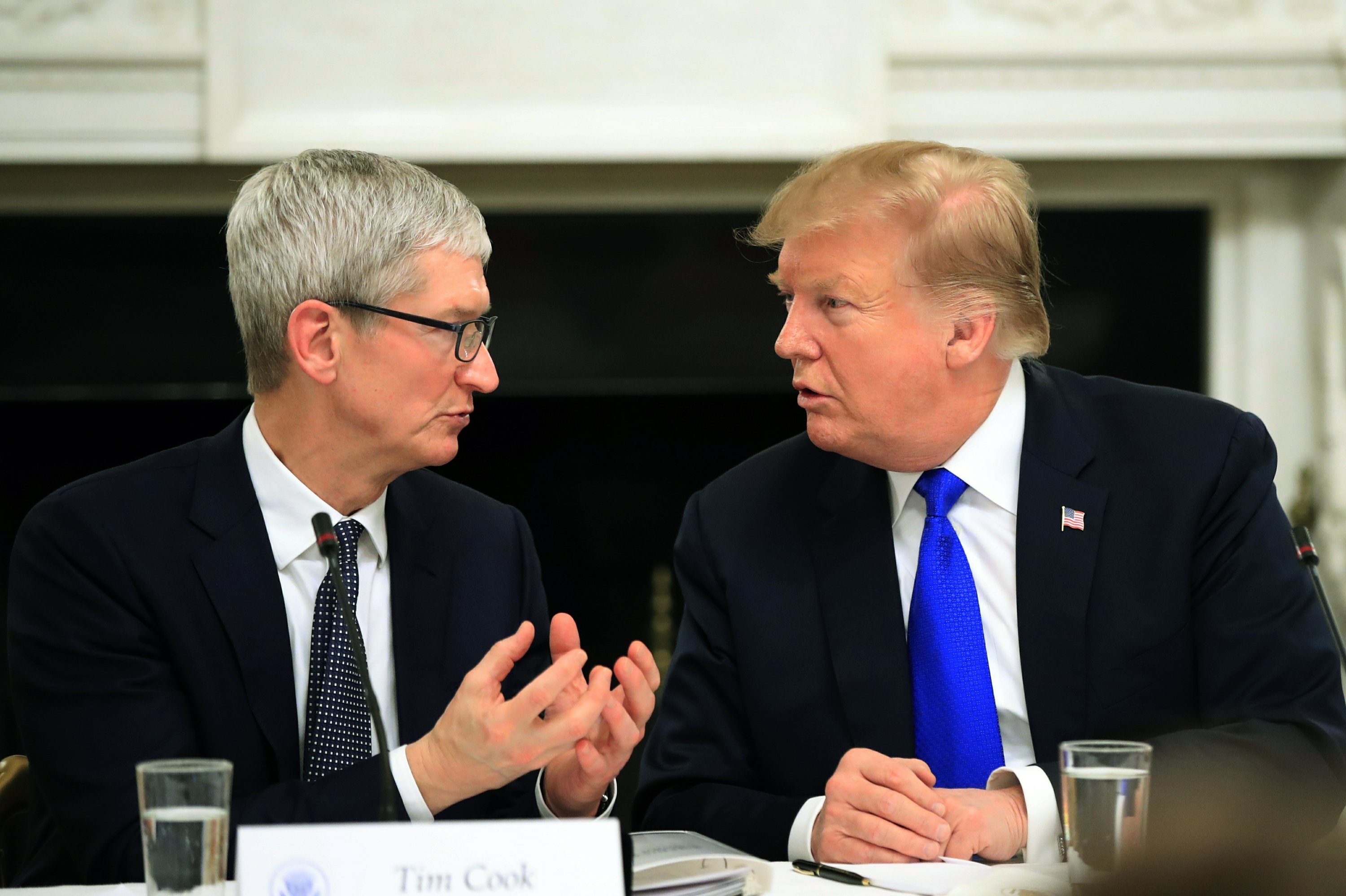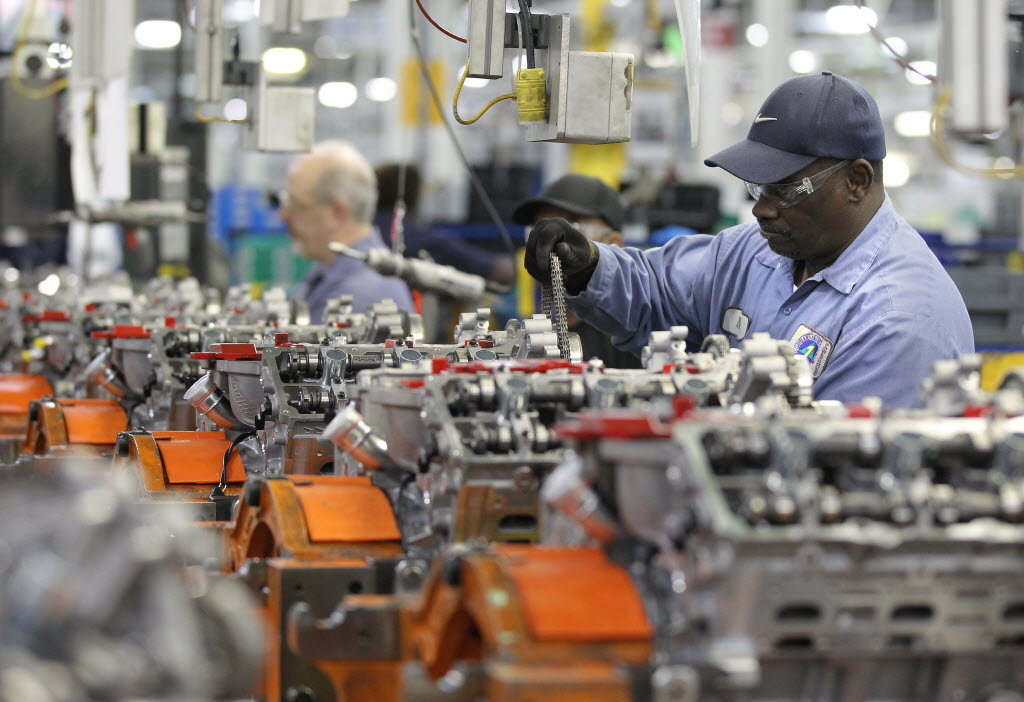
Donald Trump Criticizes Tim Cook Over Foreign Manufacturing Strategy
Recently, former President Donald Trump made headlines by expressing his concerns about Apple CEO Tim Cook and the company's decision to manufacture iPhones in India. Trump stated he has a “little problem” with Cook and urged him to reconsider expanding manufacturing in India. Instead, he emphasized that Apple should prioritize production within the United States.
Trump’s remarks underscore a significant ongoing dialogue about foreign policy and domestic manufacturing. He raised issues about high tariffs and suggested that India could handle its manufacturing needs independently. This statement reflects Trump's broader view that foreign manufacturing, including Apple's operations overseas, should better align with American interests.
The comments made by Trump illuminate the contentious relationship many have regarding foreign policy and its impact on U.S. jobs. Many Americans are concerned about how the shift of manufacturing jobs overseas could affect the economy at home. Trump believes that companies like Apple should focus their efforts on bolstering American manufacturing, which he argues would lead to increased job creation and economic stability.
As this situation continues to unfold, it highlights the complexity of global manufacturing strategies and their implications for American workers. Tim Cook, in facing Trump's criticism, appears to be navigating a challenging landscape of international production and domestic expectations.
For more insights on this complex issue, you can refer to a detailed analysis on The New York Times regarding Trump's remarks on foreign policy and manufacturing.
How Trump's Foreign Policy Shaped the Landscape for U.S. Companies Like Apple

Donald Trump's foreign policy has significantly impacted U.S. companies, especially giants like Apple. One major consequence of his administration's trade measures has been the introduction of tariffs on imports, particularly targeting countries. Apple has openly expressed concerns that these tariffs could lead to increased production costs, potentially resulting in higher prices for consumers and restricting product availability.
Moreover, Trump has consistently called on companies like Apple to bring their manufacturing back to the United States. His administration threatened to impose hefty tariffs on products not produced domestically, which pressured Apple to rethink its manufacturing strategies. While there have been discussions about ramping up production within the U.S., the practicalities and costs of such changes remain contentious among stakeholders.
The unpredictability surrounding Trump's foreign policy has also influenced stock prices for leading corporations. For instance, the mere threat of tariffs on iPhones led to a significant decline in Apple's stock value, erasing around $70 billion from its market capitalization. This kind of volatility can undermine investor confidence and affect the broader performance of tech companies.
Additionally, tariffs have triggered intricate supply chain challenges that affect not just direct importers like Apple but also their suppliers. Research suggests that such policy uncertainties can disrupt global connections within supply chains, leading to wider economic ramifications for firms reliant on international trade.
In light of these challenges, companies, including Apple, are adapting by diversifying their supply chains. While much of Apple's manufacturing is centered in China, the company is increasingly exploring production opportunities in other countries, such as India, to lessen the risks associated with U.S.-China trade tensions.
Overall, Trump's foreign policy has forced U.S. companies like Apple to navigate a complex environment of tariffs, manufacturing pressures, and supply chain difficulties, all of which influence their operational decisions and market outcomes.
Why Are Locals Reluctant to Take Manufacturing Plant Jobs in the USA?

The conversation surrounding manufacturing jobs in the USA is evolving, highlighting a distinct reluctance among locals to fill these positions. Although many Americans express a desire for more manufacturing jobs, actual willingness to accept these roles is low. Numerous surveys reveal that prospective workers prioritize jobs with better pay, flexibility, and favorable conditions—qualities that traditional manufacturing roles frequently lack.
One significant barrier is the skill gap that exists today. Many manufacturing plant jobs require specific technical competencies that the current labor pool often does not possess. It's worth noting that approximately 40% of manufacturing positions focus on production; the remainder demand advanced skills in robotics and quality control. This mismatch exacerbates the difficulty in recruiting for manufacturing jobs.
Geographical factors also play a role in this dynamic. Manufacturing plants are often located in less accessible areas, limiting their appeal. Moreover, these opportunities frequently don't match the competitive pay found in other sectors. There’s a prevailing belief that manufacturing jobs are less desirable than white-collar occupations, which further dissuades locals from pursuing available positions.
The pandemic has highlighted this reluctance, prompting many individuals to reassess their job preferences. Roles in manufacturing that require full-time, in-person attendance have struggled to keep employees, as many workers search for more accommodating conditions.
It's crucial to understand the broader economic implications of these trends. The decline in manufacturing jobs affects not just factories themselves but also impacts the economy at large. Studies suggest that for every manufacturing job created, about 2.2 jobs emerge in related sectors.
In conclusion, the complexities surrounding the reluctance to embrace manufacturing plant jobs in the USA are shaped by skill gaps, location challenges, and evolving worker preferences. This situation poses challenges for both the manufacturing industry and the overall economy. For more information on the labor market's challenges, visit Bureau of Labor Statistics.
